Viking grapes: description, planting, cultivation and care
One of the advantages of this variety is its unpretentiousness and the ability to store fruits for a long time on the bushes, as the berries hang down. However, in severe frosts, it is recommended to cover the plant, as there is a risk of freezing.
Content:
- Characteristics of Viking grapes
- Features of planting and growing plants.
- Basic requirements for the care of this variety.
Viking grape characteristics
Viking grapes are very early varieties and is a canteen hybrid form:
- The ripening period for grapes ranges from 105 to 110 days.
- The bushes are distinguished by strong and vigorous branches, and the flower has two sexes.
- The bunches of grapes are large enough, cone-shaped.
- Fruits of medium friability with high-quality care can reach a weight of 600-900 grams.
- The dark blue berries have rather large dimensions of 22 mm x 34 mm.
- The pulp is juicy and dense with a delicate harmonious taste.
- The leaves of the vine are large, five-lobed and have an open petiole notch. They can be stored on bushes for a long period of time, until the end of September.
During cultivation, the shoots ripen early and completely. The variety has excellent frost resistance. Withstands temperatures up to minus 21 degrees.
The vines are pruned to approximately 6-8 eyes. The variety is resistant to long distance transportation.
Suitable for growing on a personal plot.
For growing grapes, it is advisable to select the southern or southwestern slopes, since they protect the plant from the winds and have the ability to quickly melt snow. A soil that is soft and easy to warm up is ideal for growing grapes.
When planting seedlings, clay soils and marshy areas should be avoided.
Before planting it is important to pay attention to the depth of the groundwater. So, if the water is located at a close distance from the soil surface, it is recommended to fill the soil approximately 1.5 meters. In addition, the soil should not have a high alkaline reaction, which can be determined using simple litmus paper.
Features of planting and growing plants
It is advisable to plant grapes in the spring season, having prepared the soil in advance in the fall. Before the onset of cold weather, it is necessary to free the soil from excess water. In clay soils, drainage should be used to enrich the soil.
If the soil has a low organic matter content, it is recommended to add peat, manure or humus to it.
Depending on climatic conditions you can start planting the plant from mid-April to the end of May. You should not rush early, plant the plant or be late with planting, since it has a short growing season and may not take root and die. So, in the middle zone of our country, planting in the autumn period of time will not be relevant.
It is important to choose the right seedling for subsequent cultivation.
Shoots and root system must not be damaged. Before planting, if there are roots, leaves and shoots that are already dead, you must carefully remove. The root system should not be in the sun or in the open wind for a long period of time, as this is fraught with damage.
Planting Viking grape seedlings consists of the following stages:
- Pruning shoots on seedlings for about 2-3 buds and placing the upper part of the shoots in garden pitch, paraffin or wax.
- Dig a planting hole and fill it with nutritious soil or humus.
- Before immersing the plant in the soil, the root system must be immersed in a special mixture. To prepare the mixture, it is necessary to dilute such components as rotted mullein, water and clay to the state of sour cream.
- Immerse the plant in the hole and fill up the soil, carefully tamping the soil around it. Drizzle with warm water.
- From the side of the upper part of the seedling, it is necessary to carry out the hilling procedure. And in the process of germination of shoots, it is necessary to control so that their number does not exceed 2-3, removing unnecessary shoots.
Competent planting of grapes will allow you to get a good harvest for many years.
How to properly care for a plant?
The distance between the planted seedlings should not exceed or be less than 1-1.25 meters. In the early stages of growth, seedlings require special attention and need quality care - loosening the soil, cutting off stepchildren, etc.
In the process of growing a plant, you need to pay attention to fertilization:
- In the northern regions, the land has less nutrients, since it mainly contains clay and sandy soils.
- The most optimal fertilization is manure, which is produced in the autumn.
- It is not advisable to use fertilizers based on nitrogen elements, because they lead to a noticeable slowdown in shoot growth.
- Peat, wood ash, compost, bird droppings are effective fertilizers for growing grapes.
- Plants newly planted require regular feeding. With age, the amount of fertilizer decreases.
- The less fertile the soil, the more it needs enrichment. organic matter and trace elements.
Excessive watering should be avoided, especially in the second half of summer.
Young shoots must be protected from the accumulation of large amounts of water. It is not recommended to rush to open recently planted plants after winter, as they are not resistant to frost. Compliance with these rules will help to grow a rich harvest.
More information about the Vikong grape can be found by watching the video.



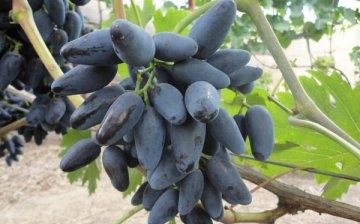

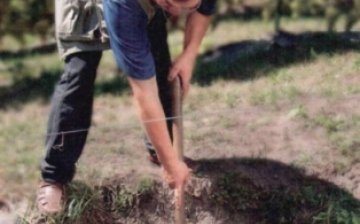
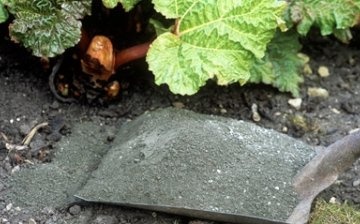





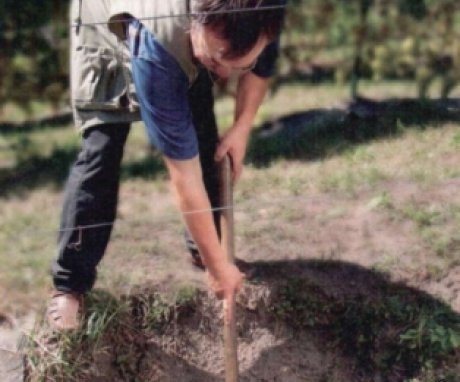
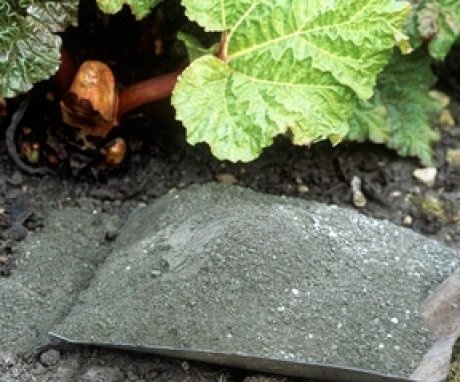
The juiciest and sweetest grapes. In winter, it is full of it on store shelves, since it ripens late and is well preserved. However, it is very difficult to grow it. The neighbors were bred. The berries are small and sour.